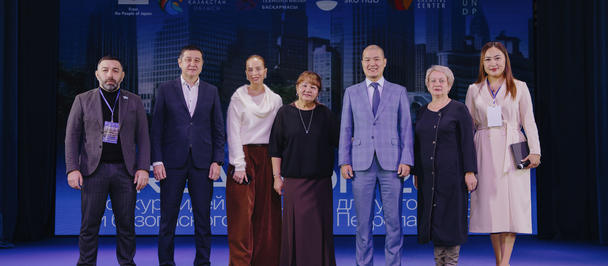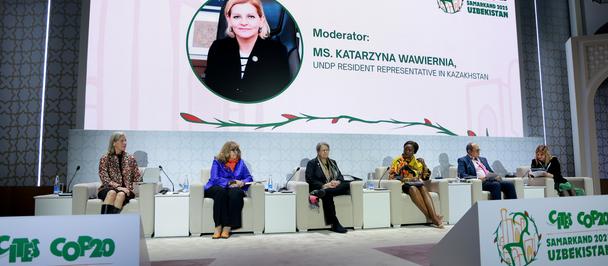Fashioning a people-friendly city – Vanquishing pollution, transitioning to clean energy
October 27, 2022

Architecturally, there are two Astanas. They are visible from banks of the Ishim River that divides the city into what the public calls the "left" and "right" banks.
On the right bank lies the old town – its administrative and residential buildings built in the 1960s.

On the left bank lies a modern, sometimes futuristic Astana, built from the ground up post-1998.

Constructing a modern city guided by the concept of "a people-friendly city” must include reducing greenhouse gas emissions and human-induced sources of pollution that affect health. In Astana, pollution is an issue that cannot be ignored, as air gets brown with toxic coal smoke in winter. But there is a broad movement by both city and residents to combat it, and housing is a place to start.
New, eco-friendly construction is combined with the modernization of old "heritage" obsolete buildings and networks, and even, in some cases, adapting new buildings constructed in violation of environmental regulations. Currently, the Astana akimat (municipality) is drafting a master plan to develop the city by 2035, with a variety of activities to make the city greener: from simple measures, such as bicycle infrastructure and planting trees, to more complex ones related to district heating systems or even testing hydrogen-powered transport.
Within the framework of the Partnership for Action on the Green Economy (PAGE) programme that provides services enabling countries to transition towards green economies, UNDP is conducting a strategic environmental assessment (SEA) of the Astana development roadmap.
SEA is a tool of great strategic importance: as it integrates the environment into economic development thereby contributing to a city’s sustainable development. SEA is central to the successful development of environmentally sound and health-friendly development plans in key sectors, e.g. energy, water and waste management to avoid negative environmental impacts.
Maintaining, restoring and reconstructing old housing stock is a central aspect of a city’s sustainable development. In 2018, a pilot project looked to modernize the Tselinny micro-district, one of the old-city residential districts built in 1964 with buildings around a common yard. A successful retrofitting could be replicated across other districts.
The long payback of energy-saving measures can be a barrier to public adoption, and UNDP in Kazakhstan is developing and testing various financial incentives and support measures to ensure distribution of the thermal modernization system. It involves collaboration of the municipality and residents as well as investment both from the city budget and from the residents themselves.
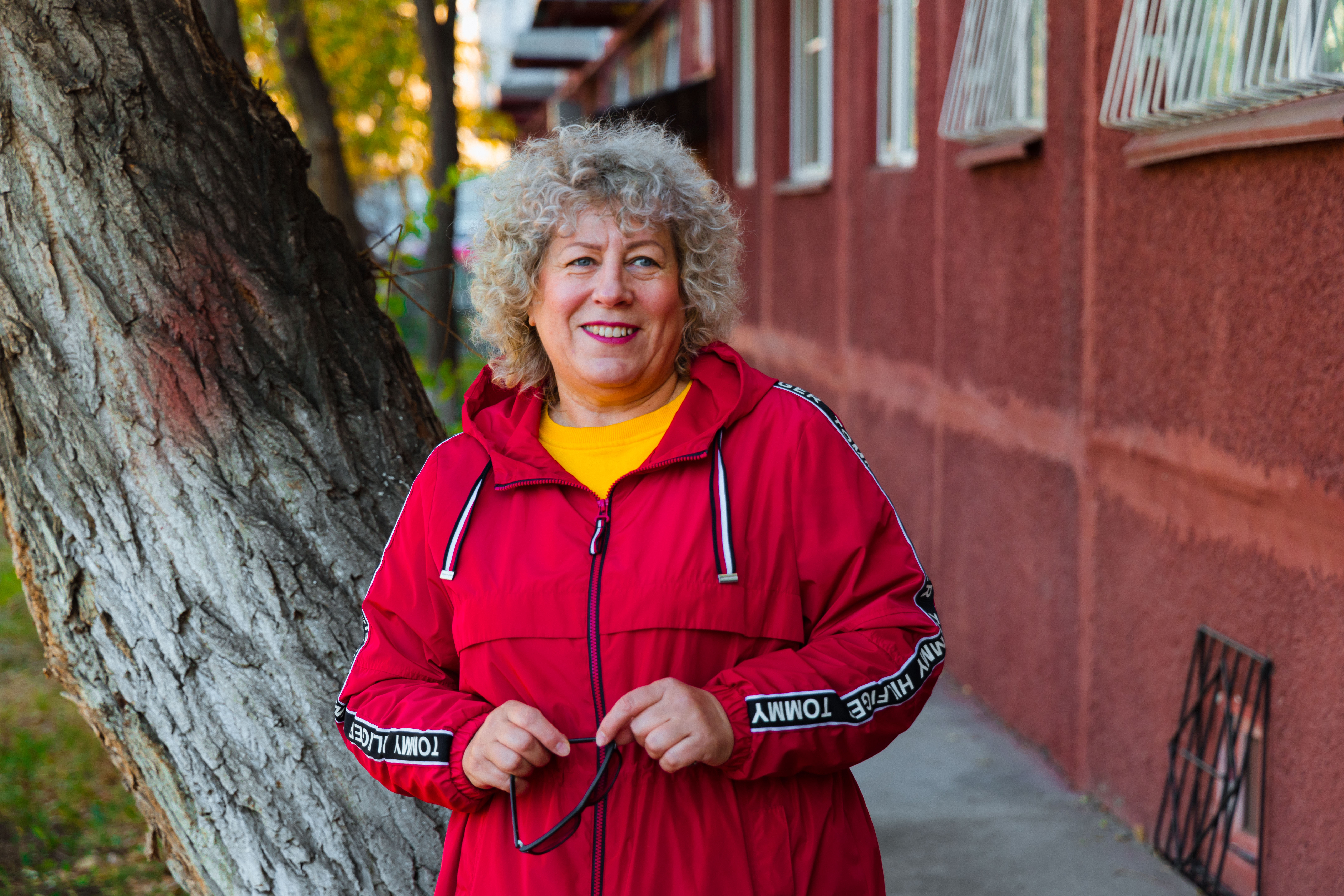
Natalya Poddubnaya has lived in one of these houses for 18 years and notes:
“When I learned about the modernization programme for our house, I decided to actively participate in all discussions and meetings. Together with akimat representatives, we travelled to Minsk (Belarus) to learn about their experiences in upgrading old houses.”
The modernization included insulation of seams between wall panels, rehabilitation of drains and outlets, replacement of entrance doors and balconies and of old lighting fixtures with new LED ones in the entrance ways. Above all, the heating system and the hot and cold-water supply were modernized by replacing piping and installing automatic heating points.
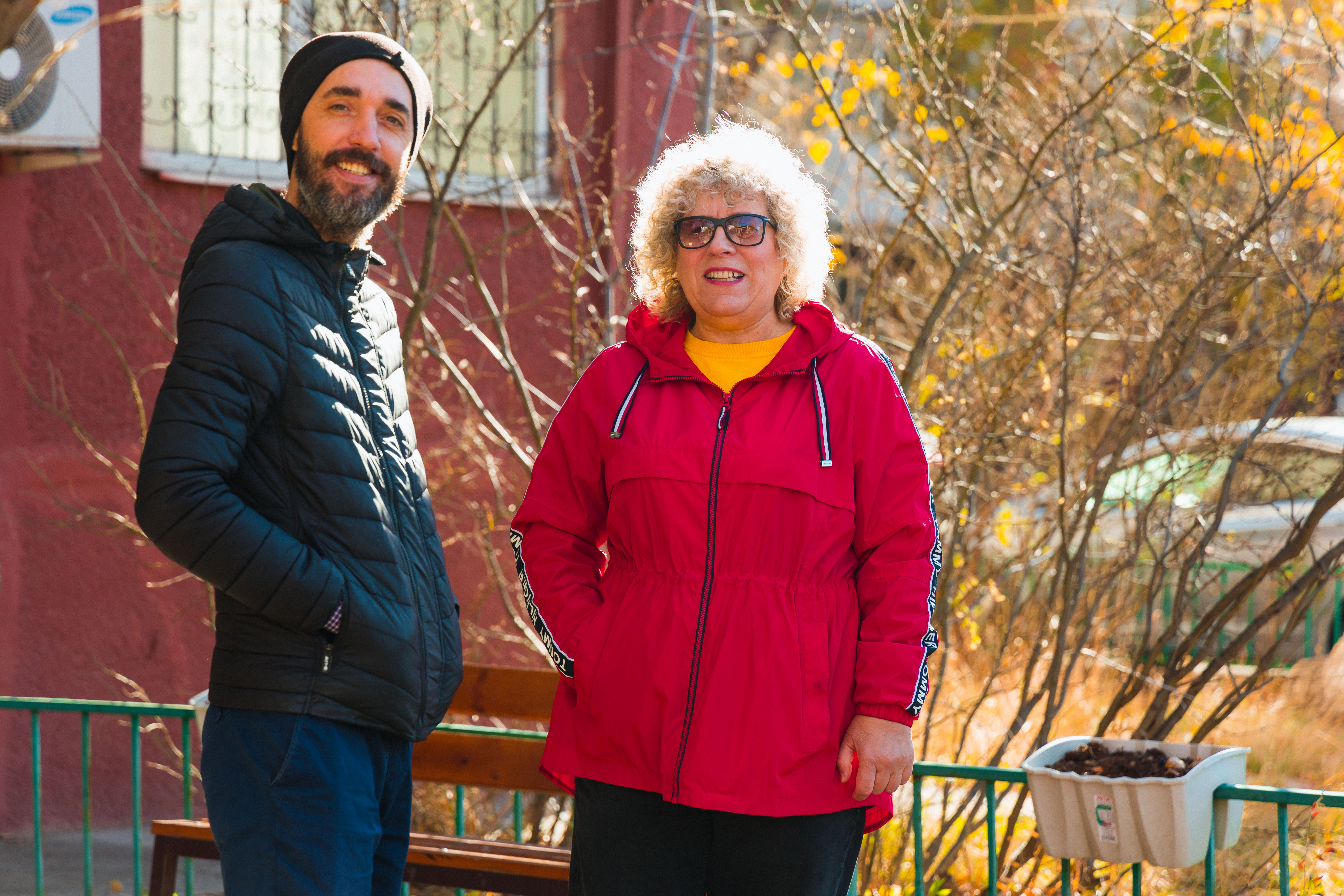
Active residents play a crucial role in making these changes successful. Project experts observed that in most cases it was women who most actively represented the residents, then inspiring the transformation through convincing talks around the neighbourhood.
“I had discussions with my neighbours about the benefits of such changes. I explained everything in detail to each resident, including to the elderly. I collected signatures approving the repairs. Most people had doubts! They thought it would be very expensive. But now they’ve been won over, they see the benefits. Another big advantage – the value of the apartments in our building has increased by a few million tenge thanks to these reconstruction works and the changes,”says Natalya.
As a rule, apartment owners in residential buildings give preference to roof repairs rather than to energy-saving measures. But when experts calculated the reduced emission of greenhouse gases due to energy modernization to be about 1,000 tonnes annually, this helped inspire a focus on energy efficiency.
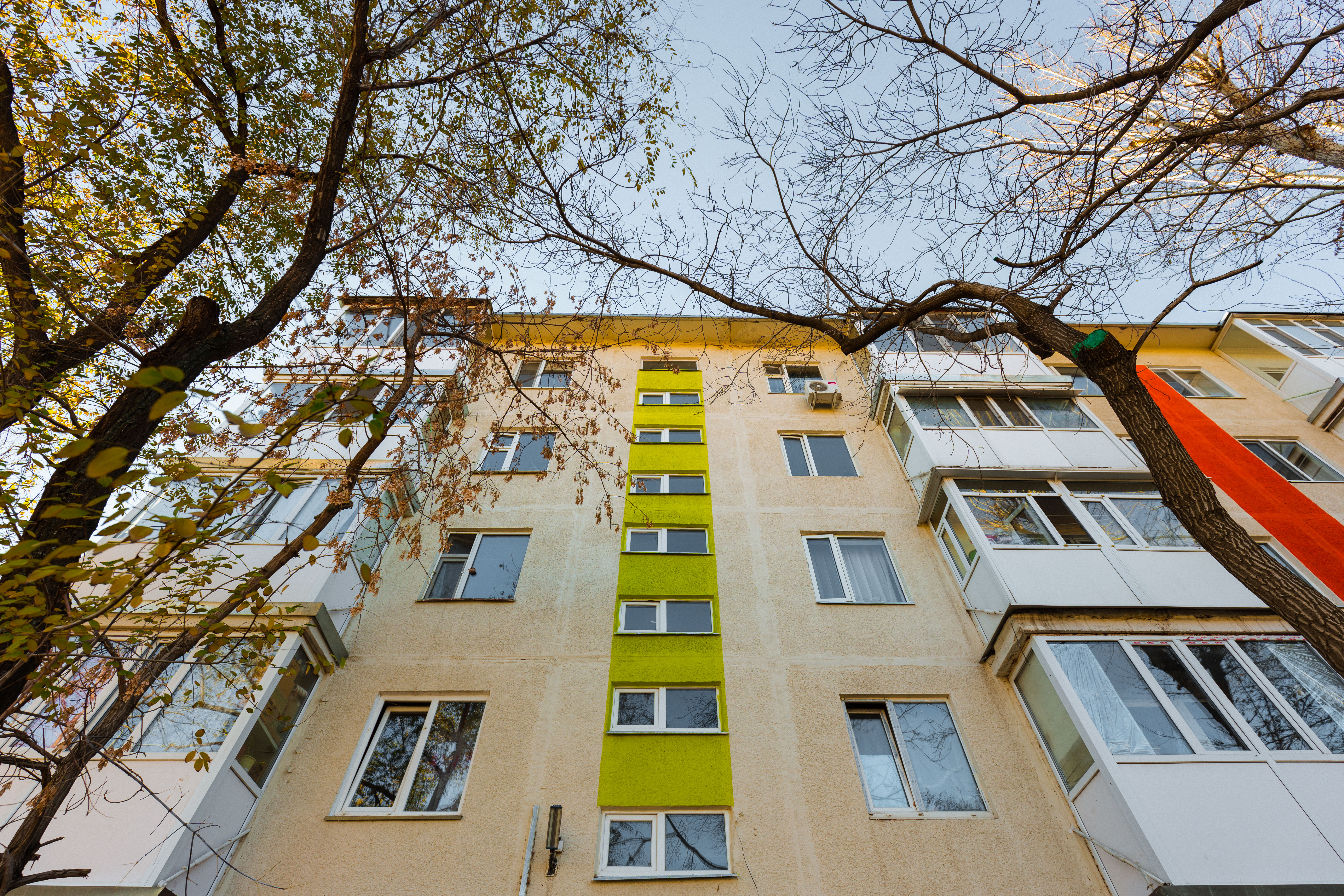
Up to 56 percent of incoming heat was being lost through walls, windows, doors, the roof, and the bottom ground floor. Just insulating a building’s external structure and replacing windows and doors with energy-saving ones can already achieve energy efficiency class C-.
“This year our houses will be 58 years old. After this modernization, they can stand another 100 years! The most important thing is that our roof no longer leaks, we have a good heating system, and it is much more comfortable in the rooms. The facades and balconies were renovated, and the yard was upgraded,”says Nikolay Usachev, who has been living in the Tselinny micro-district since 1984.

Every morning, the residents of the house meet Nikolay in the yard. He thoroughly inspects the territory, digs up the ground, waters trees, and fixes the fences along the sidewalks.
“We put a lot of effort into making our house a pleasant place to live. There was an empty space between the blocks. Now we have an outdoor gym and a field hockey field. We also planted trees - bird cherry, hawthorn, linden, and apple trees, it helps improve the air we breathe,”says Nikolay.

So far, three of those residential buildings have been modernized, two more are currently being completed, with finally a fully finished exterior. The buildings now look different compared to the rest of the neighbourhood, attracting interest and thus real estate price growth.
Tselinny is just one micro-district that has made the journey on this sustainable road. As a part of a larger initiative for sustainable, low-carbon cities, UNDP supports the development of low-carbon road maps in 15 cities, including Astana. The activities, which would reduce greenhouse gas emissions, differ from city to city, but include optimising public transport flows, modernising street lighting and lighting in public buildings and building new insulated district heating networks.
While the country doesn’t yet have the technical tools to measure these reductions, cities are setting measurable targets where they can – in Astana’s case, around energy-savings, replacement of energy sources and retrofitting – moving them towards the country’s vision for people-friendly cities and green urban spaces.

 Locations
Locations








